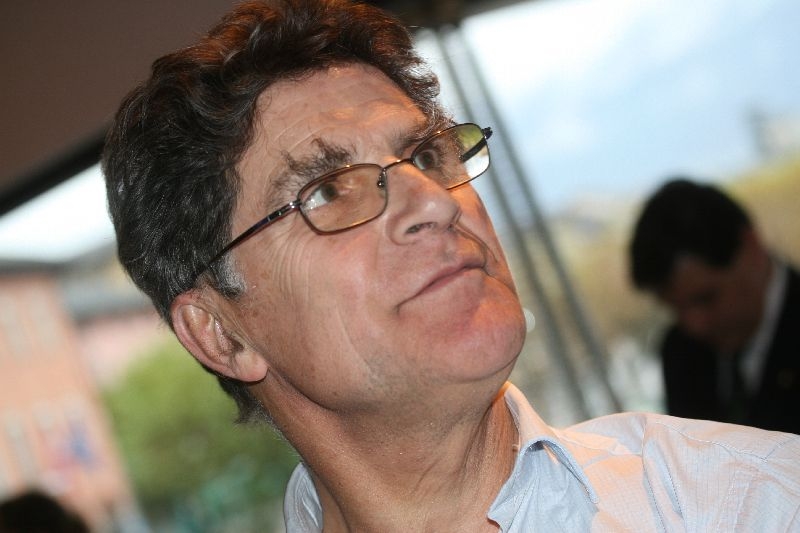At this time of the year I can't help but think of the people of Champagne. I always wonder how they celebrate the new year -- surely they drink champagne year-round, so what's the special drink to ring in the new year? Probably vintage champagne.
If you have been to Champagne, you know the pride of the champenois -- and their formality. Every time I've been there my hosts have greeted me in suit coats. That's so totally unlike winemakers from Burgundy and most of southern France. Perhaps because the local quaff is associated with wealth and culture, they feel the need to be a bit more formal.
Remi Krug
My favorite memory is that of Remi Krug, who with his older brother Henri was the fifth generation to make Krug champagne. Henri died in 2013 at age 75 and passed the baton onto his younger brother, Remi, in 2001. The company was bought by LVMH in 1999.
My wife and I tasted champagne, including the ultra-expensive tete-de-cuvee Clos du Mesnil, in Epernay and then drove with Remi behind the wheel to Charles Boyer's Les Crayeres for lunch. Les Crayeres is a three-star Michelin restaurant and when Krug walked in, everyone paid attention. I don't think there has ever been a more stellar moment in my wine career -- eating lunch with Remi Krug at an expensive restaurant and drinking more Clos du Mesnil.
Krug champagne is special because it ages its wine in small oak casks -- most other houses age it in stainless steel. Krug also holds the champagne in bottles for as long as 8 years before it is released. This is a more expensive process and hence Krug wines can cost more than $300 a bottle. But the champagnes are more complex than your average non-vintage brut.
I also dined with Claude Taittinger at Chateau de la Marguertterie, a castle used primarily for fetes and receptions. Like Krug, he too was immaculately dressed and so proper my wife and I had a hard time relaxing even after a few glasses of Comtes de Champagnes rose.
Alexandre Chartogne
One of y fondest memories was that of Chartogne-Taillet in the little village of Merfy. We had stopped there because the Chartogne family was one of the first to make grower champagnes. Instead of selling their grapes to a cooperative or a producer, the family had decided to make their own. This was in the early 1990s and the movement was just getting started. Phillippe Chartogne and his wife warmly greeted us in his house and showed us the garage where he made his wines. Half way through the interview, his two kids came in from school and we decided to leave. He was disappointed that we weren't staying for dinner, but we had other appointments. The hospitality was unbelievable and today his wines rank among our favorites.
By the way, one of the kids -- Alexandre -- is now the winemaker.
Great memories and I'll be toasting them on New Year's Eve.


